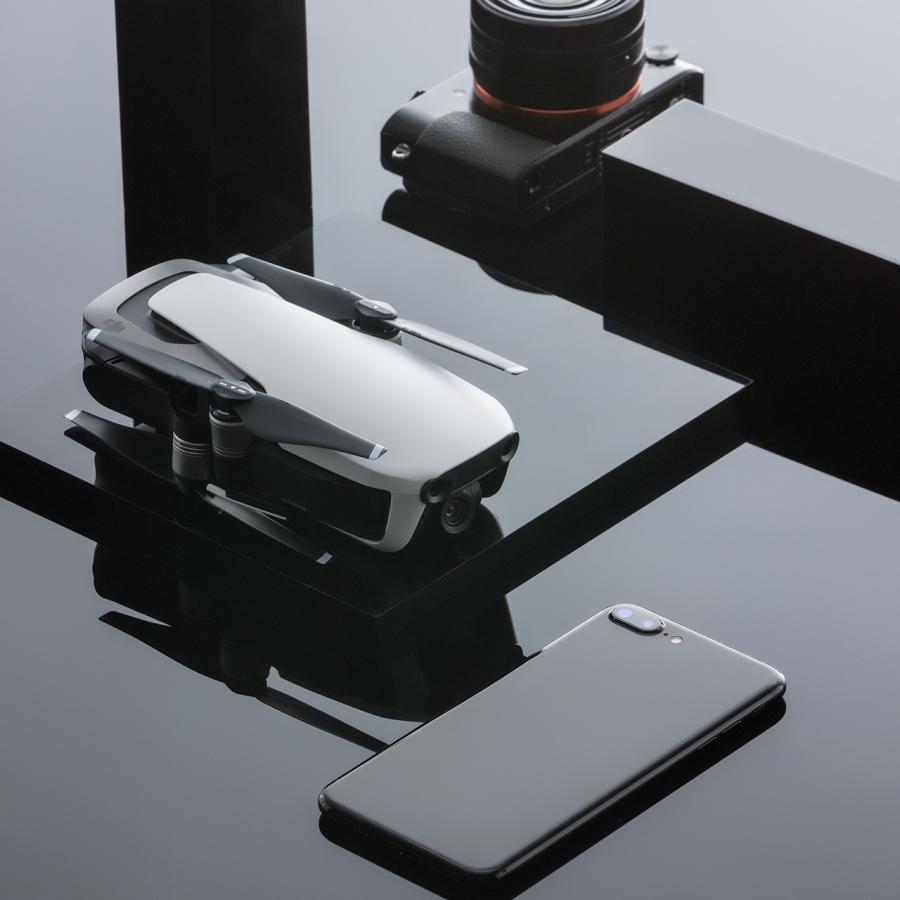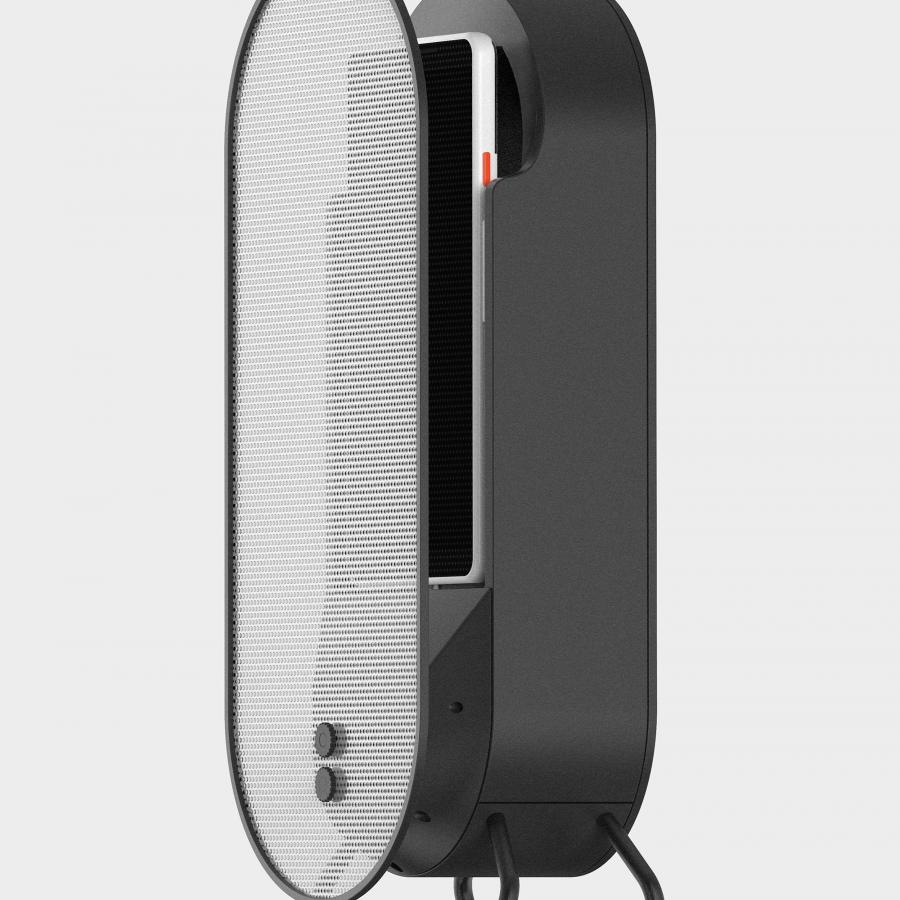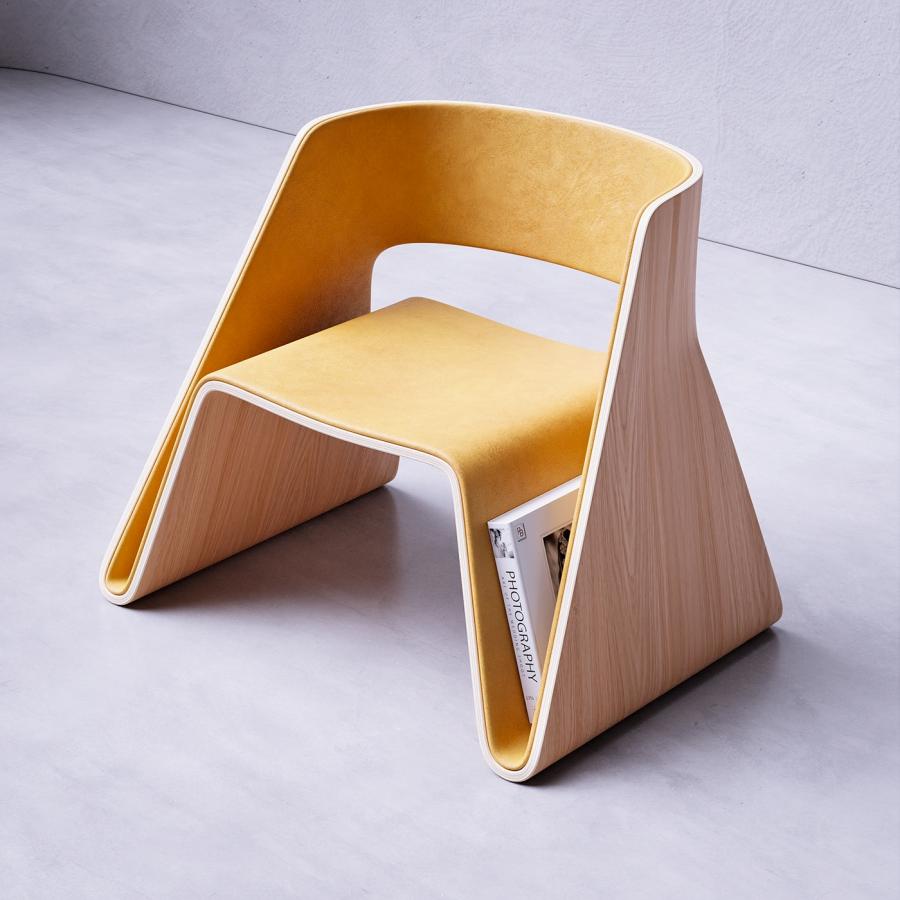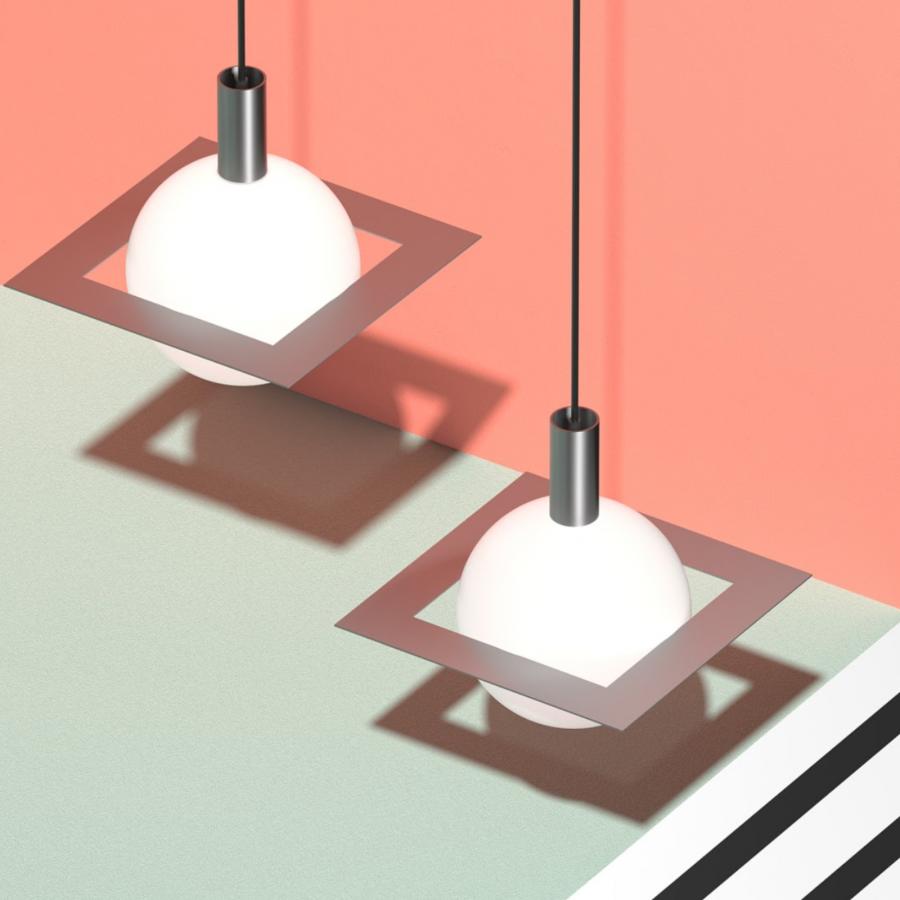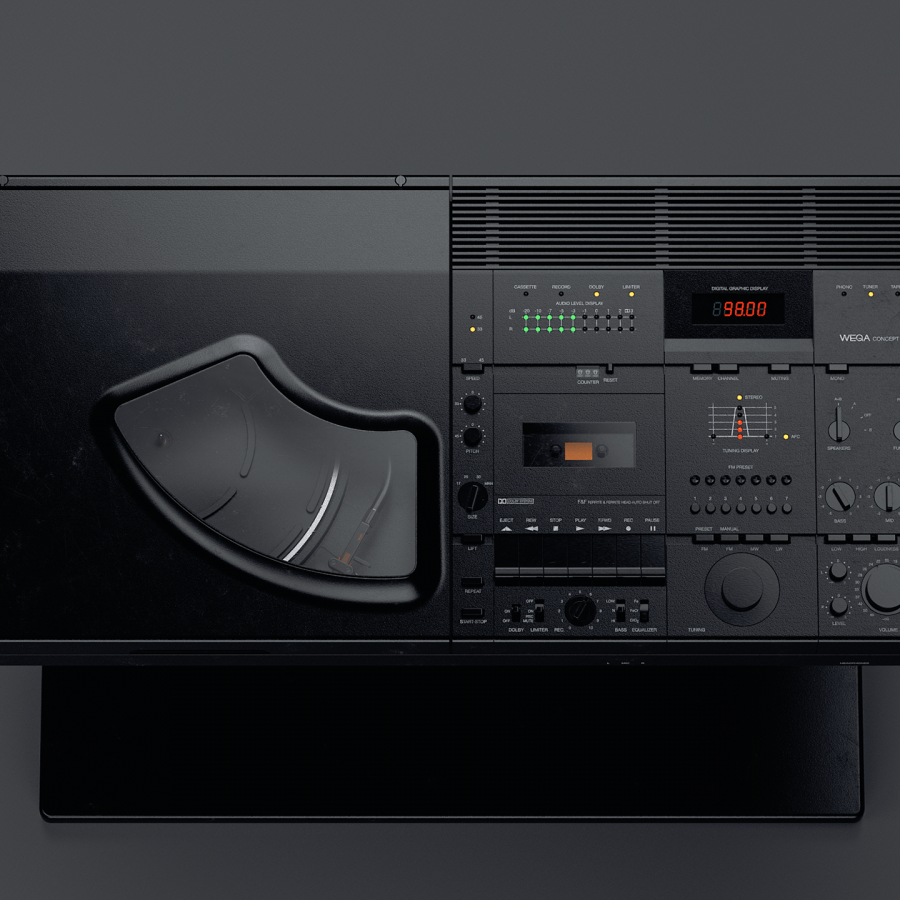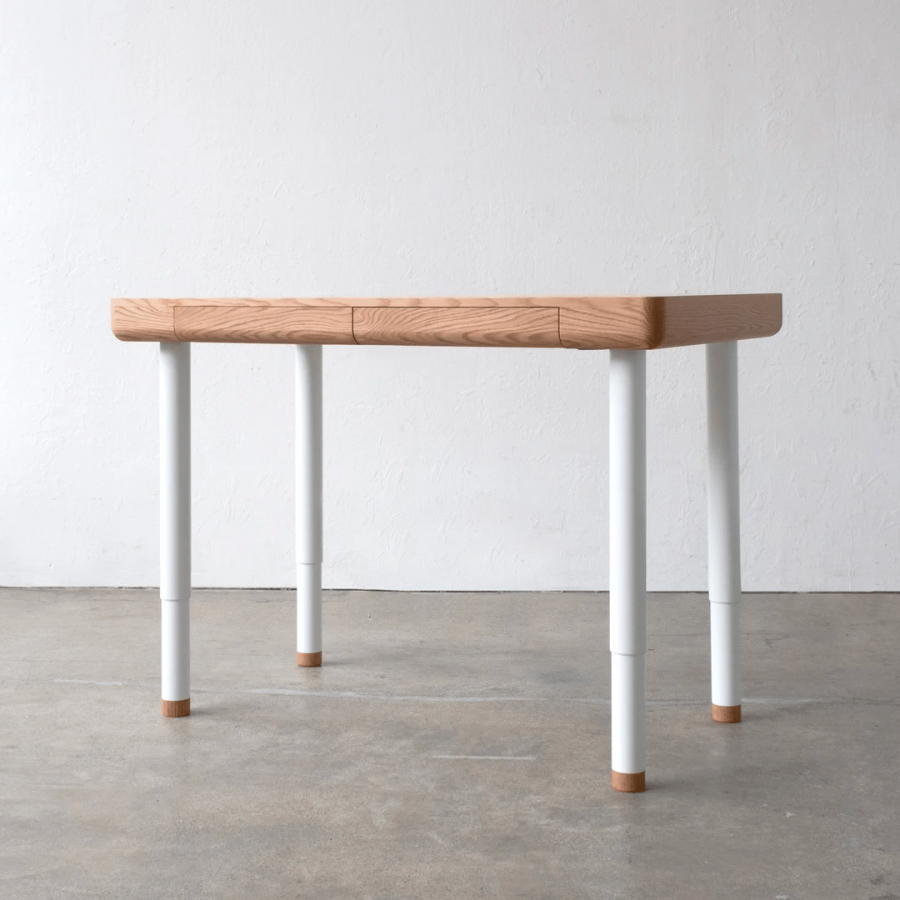by abduzeedo
Olivetti, the Italian manufacturer of office equipment, has made a significant impact on the world of industrial design. With their focus on functional, minimalist design, Olivetti products have become icons of modernism and have influenced countless designers over the years. In this blog post, we'll take a closer look at the Olivetti design style and its influence on industrial and minimalist design.
Olivetti's design philosophy can be traced back to the company's founder, Camillo Olivetti, who believed that the purpose of design was to serve the needs of the user. This idea was reflected in Olivetti's products, which were designed to be functional, durable, and aesthetically pleasing. One of the most notable examples of this approach is the Olivetti Lettera 22, a portable typewriter designed by Marcello Nizzoli in 1950. The Lettera 22 was not only a technical masterpiece but also a design masterpiece, with its clean lines, simple form, and elegant typeface.
The Olivetti design style was characterized by its focus on simplicity, functionality, and the use of high-quality materials. Olivetti products were designed to be durable and long-lasting, with a timeless aesthetic that transcended fads and trends. The company's design team, which included luminaries like Ettore Sottsass and Mario Bellini, emphasized the importance of ergonomics and usability in their designs. This focus on user-centered design made Olivetti products not only beautiful but also practical and easy to use.
One of the hallmarks of the Olivetti design style is the use of color. Olivetti products often featured bold, bright colors, such as red, yellow, and blue. These colors were used not just for aesthetic purposes but also to improve the functionality of the product. For example, Olivetti's M-24 electronic calculator, designed by Mario Bellini in 1972, used color coding to make the different functions more easily identifiable.
Today, the Olivetti design style continues to inspire designers in the fields of industrial and minimalist design. Its focus on simplicity, functionality, and quality materials remains relevant, and its influence can be seen in everything from Apple products to Scandinavian furniture. If you're interested in incorporating the Olivetti design style into your own work, consider focusing on clean lines, bold colors, and user-centered design. By following these principles, you can create designs that are both beautiful and functional, just like the iconic Olivetti products that came before.
